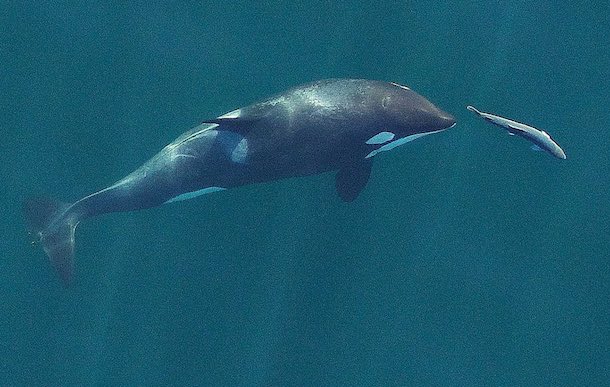forum
library
tutorial
contact

The Environmental Value
of Hydropower
by Grays Harbor Public Utility
Washington State Wire, June 19, 2019
|
the film forum library tutorial contact |

|
The Environmental Value
by Grays Harbor Public Utility
|
Would the governor have been able to sign a 100% Clean Energy bill
WITHOUT a statewide power portfolio that included 60% clean hydropower?
 It has become in vogue to frame the dams on the Columbia and Snake Rivers as impediments to Washington’s environment. That’s only true if you throw out years of environmental studies, a few dozen facts, and over 80 years of history.
It has become in vogue to frame the dams on the Columbia and Snake Rivers as impediments to Washington’s environment. That’s only true if you throw out years of environmental studies, a few dozen facts, and over 80 years of history.
For starters, the operators of the dams on the two rivers oversee a resource that is working to successfully co-exist with their environment, not destroy it. Billions of dollars have been spent by utility customers on salmon restoration and fish passages around dams. As a result, juvenile fish survival rates past the federal dams top 95%, and returns for chinook, steelhead and sockeye on the Snake River have seen record numbers over the last decade. At a time when millions of dollars are spent on new, renewable sources of energy, 90% of the Northwest’s renewable energy already flows from the Columbia-Snake River system; hardly the environmental disaster story some would have you believe.
For students of history, the federally-controlled dams that make up the network on the Columbia and Snake River helped to ensure that the air breathed in by generations would be amongst the cleanest in the nation. Imagine a Washington skyline dotted by the chimneys needed for coal fired power plants. Imagine the clouds of smoke being belched into the sky and the respiratory ailments that millions would have been subjected to if coal plants were the preferred method of power generation. Imagine the rattle of trains and the clouds of dust from shipping ton after ton of coal into Washington. It’s not a pretty picture, especially for a state that prides itself on its outdoor appeal.
However, for students of recent history, consider this: would the governor have been able to sign a 100% Clean Energy bill WITHOUT a statewide power portfolio that included 60% clean hydropower?
Studies like those carried out by Energy and Environmental Economics, Inc. (E3) in the last two years indicate that reliably providing 100% clean energy WITHOUT the inclusion of hydro would cost the Northwest region billions of dollars. It’s a safe bet that many lawmakers would have questioned going along with such a costly proposal. In the end, they did not have to since the authors, sponsors, and supporters of SSB 5116 recognized the value of hydro and made it a key point in some of the most meaningful environmental legislation passed by the Washington State Legislature.
However, hot off the success of that legislation and the nod that was given to hydroelectric power, came the inclusion of $750,000 in state funding to study the impacts of removing four dams on the Snake River. As fast as the state embraced hydropower, they were looking for ways to curtail it.
It’s easy to get bogged down in the argument that state money should not be spent on a federal issue or that the orcas meant to benefit from the removal of the dams are hundreds of miles away. The best argument that can be made for the preservation of those dams is the overall value that they provide to Washington state. Economically, recreationally, agriculturally, navigationally AND environmentally speaking, the dams on the Snake River are a vital resource. They are part of a network that seeks to strike a balance between environmental awareness and economic benefit, and it is a huge error to ignore that fact.
The value of hydropower in Washington is etched into our state as deeply as the rivers that make it possible. When you examine the history of hydropower in the Pacific Northwest, you find a resource that touches every corner of the region. Power, navigation, recreation, agriculture and trade all had their futures in the Northwest shaped for the better by the dams that span the rivers from Bonneville to Lower Granite and Grand Coulee. However, so did another factor: Washington’s environment.
Related Pages:
Questions and Comments from Hydropower Breakout Sessions Swinomish Tribal Lands, Washington, 8/19
learn more on topics covered in the film
see the video
read the script
learn the songs
discussion forum
